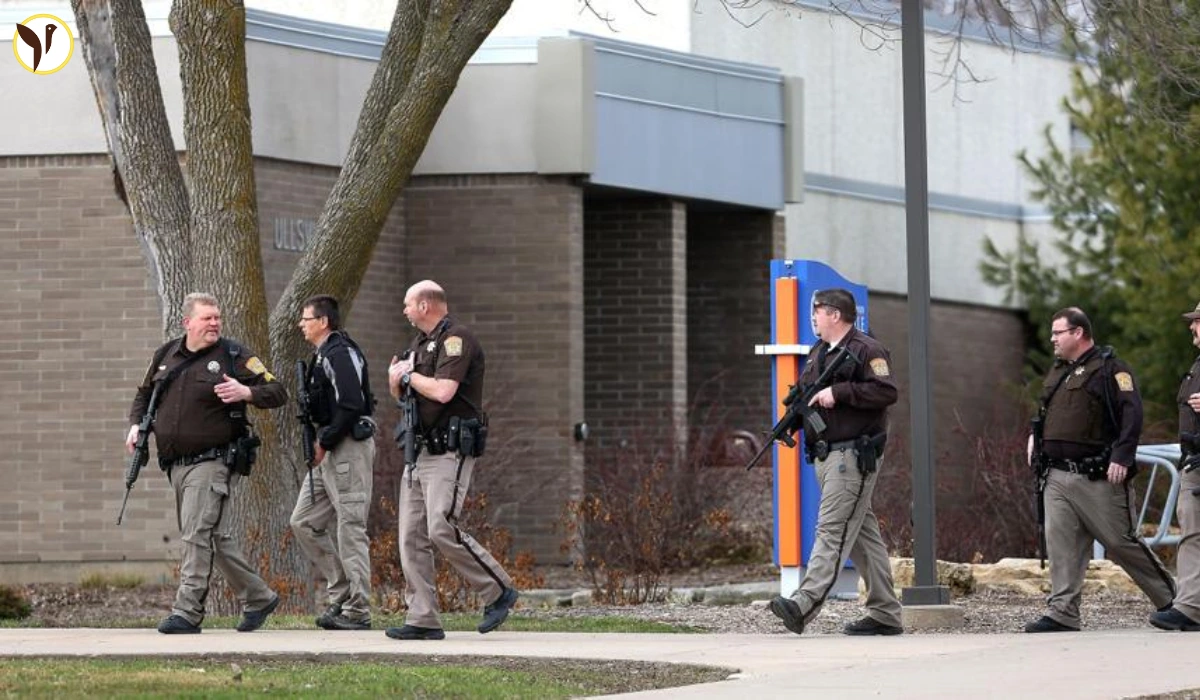Sunday nights on campus are usually slow. Some students are catching up on homework, others are relaxing with roommates, maybe grabbing a snack before heading to bed. But this past Sunday, at the University of Wisconsin–Platteville, everything changed in a matter of seconds.
At around 10:30 p.m., an emergency alert went out: “Possible active shooter reported near Wilgus Hall. Shelter in place.”
In those moments, nothing else mattered. Conversations stopped mid-sentence. Doors slammed shut. Students froze, hearts racing, minds running wild with thoughts no one ever wants to have.
When the World Felt Too Quiet
Inside Wilgus Hall, lights dimmed and blinds were pulled down. Some students hid in closets. Others sat silently under their desks, texting their parents: “I’m okay, but there’s an alert… I love you.”
Time seemed to slow down. Every noise felt amplified. The silence between the sirens outside was deafening.
One student later shared, “I kept refreshing my phone, just waiting for any update… it didn’t feel real. I was scared, truly scared.”
The Response Was Immediate — and Comforting
Local law enforcement didn’t hesitate. Officers from multiple agencies arrived quickly, surrounding the area and beginning a careful sweep of the building. Their presence, while intense, brought with it a strange sense of comfort.
They were here. They were doing everything they could to keep students safe.
And Then — The Words Everyone Was Waiting For
Eventually, the message came through: All clear. No threat found.
There was no shooter. No weapon. No injuries. Just an understandable mistake, and an entire campus community that could finally breathe again.
But the emotional weight didn’t disappear with the alert. The fear that had settled into people’s bones didn’t vanish so quickly.
What Stays After the Scare
Even though it turned out to be a false alarm, it didn’t feel false in the moment. The fear, the hiding, the what-ifs — all of it was very real.
Counseling services were made available. Professors reached out. Roommates hugged a little tighter. It became clear that while the danger passed, the experience had left a mark.
This wasn’t just a test of emergency protocols — it was a moment that reminded students just how fragile peace of mind can be, and how strong a community becomes in moments of uncertainty.
A Campus That Stood Together
What stands out most from that night isn’t the fear — it’s the way people showed up for each other. Resident assistants comforting students. Friends checking in over group chats. Police doing their jobs with compassion and care.
And maybe that’s the real story here. Not just that something frightening happened — but that, when it did, no one was alone.









